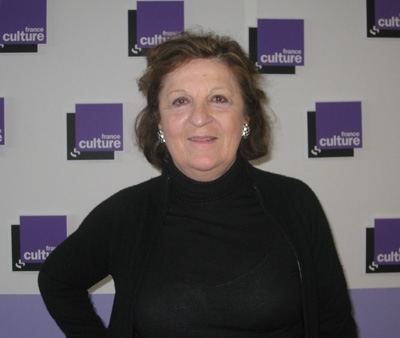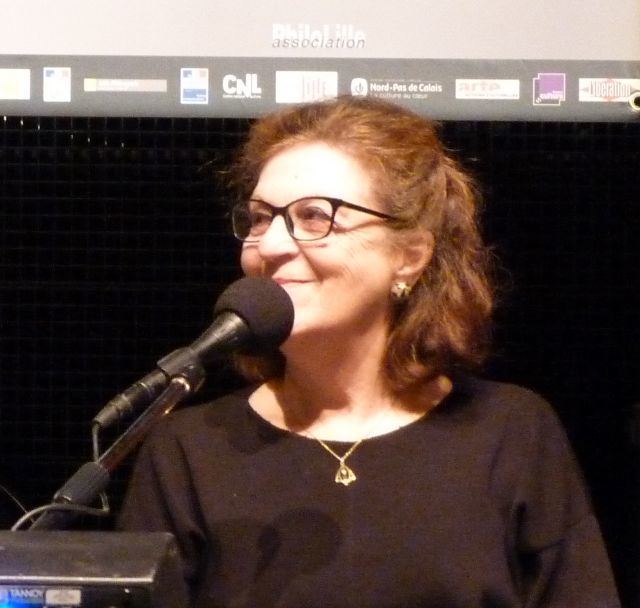Name Jacqueline Lichtenstein | ||
 | ||
Books The eloquence of color, The blind spot | ||
La couleur en peinture approches th oriques par jacqueline lichtenstein
Jacqueline Lichtenstein (1947) is a French philosopher, art historian, and professor of aesthetics and the philosophy of art at the University of Paris IV - Paris-Sorbonne.
Contents
- La couleur en peinture approches th oriques par jacqueline lichtenstein
- Le faux en art le g nie des faussaires jacqueline lichtenstein et ad le van reeth
- Career
- The eloquence of color
- Publications
- References

Her work focuses on 17th- and 18th-century art, and the ways in which people think, talk, and theorize about art. Another theme of her work is the shift, since the 17th century, in how people think about the amateur.

Le faux en art le g nie des faussaires jacqueline lichtenstein et ad le van reeth
Career

Lichtenstein has taught at the University of California at Berkeley, the University of Paris X-Nanterre, and at the University of Paris IV - Paris-Sorbonne, among other places. She has published numerous articles in French and American journals.
She is the joint director of a philosophy and sociology training and research unit at University Paris IV-Sorbonne, where she coordinates a master’s program in aesthetics and philosophy of art. She is also in charge of the series "Essays on art and philosophy" (Aesthetics and philosophy of art), founded by Henri Gouhier in 1949 and published by Editions Vrin.
The eloquence of color
A central theme of Lichtenstein's work is the reception of color by various disciplines, such as philosophy, art, sociology, and ethics. A focal point for her analysis is the antagonistic relationship between color and the notion of the design or plan of a work (in 17th-century French, the dessein of the work, etymologically related to dessin, drawing).
Philosophically suspect due to its material character, morally culpable because of its seductive luster, color, in Lichtenstein's view, has long been deemed aesthetically dangerous, the source of a pleasure and a beauty that does not, at first blush, seem connected with the True and the Good. This is, she argues, one aspect of an ongoing conflict between reason and the universe of sensible forms. Painting not being reducible to drawing, it is a source of disunity and disorder in our systems of knowledge, one which elicits an experience of "lack" (insuffisance).
The history of this conflict, she argues, begins in Platonic thought, which condemns color and rhetoric equally. The arts of speech and those of imagery are thus definitively linked. A central later figure is Roger de Piles, the leader of the Rubenists, the partisans of color (coloris). The Rubenists broke with the Platonic tradition and defended illusion, makeup, and seduction. They shifted, Lichtenstein maintains, the focus to those feminine aspects of representation, that is the suspected and cursed elements. They made these the essence of painting.
From that point onward, painting was linked with the linguistically inexpressible. Only the gaze may be spoken of, not the picture itself. This, argues Lichtenstein, was the birth of aesthetics, in the sense that the word was to take on in the 17th century.
